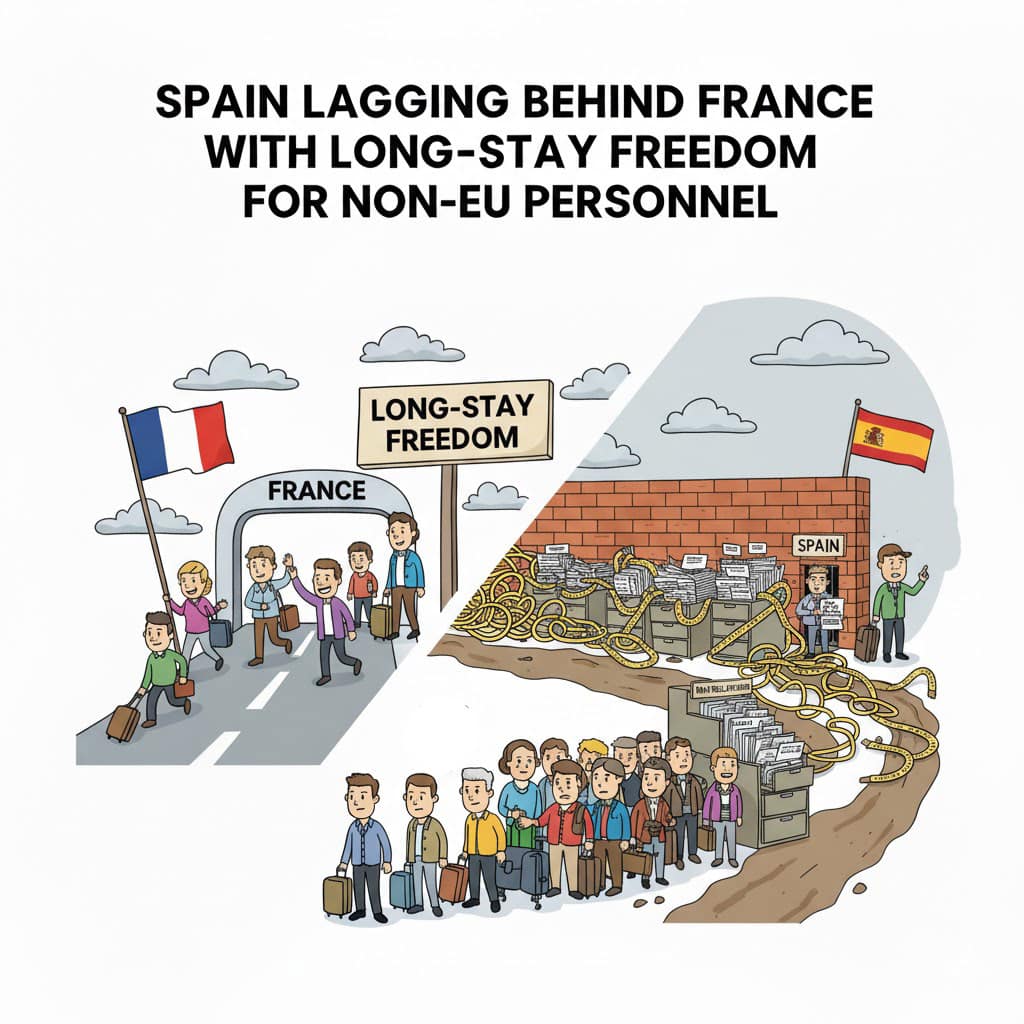Copyright theleader

France introduced the long-stay visa (VLS-TS) primarily to simplify the process for non-EU nationals who wish to remain in the country for more than 90 days for non-professional purposes—such as tourism, retirement, family visits, or personal exploration. Traditionally, individuals seeking to stay beyond the 90-day Schengen limit were required to apply for a residence permit after arrival, but the VLS-TS eliminated that extra step. Once issued, the visa allows a stay of up to one year, provided it is validated online within three months of entry. The introduction of the VLS-TS reflects France’s broader efforts to attract and better manage long-term visitors, including retirees, family members, and extended-stay tourists. By requiring applicants to demonstrate financial self-sufficiency and proof of comprehensive health insurance, France ensures that these residents can support themselves without placing undue strain on public resources. This approach aligns with the country’s goals of balancing openness with responsible immigration management. The policy also gained renewed significance in the aftermath of Brexit, as UK citizens—formerly able to move freely within the EU—must now obtain visas for long-term stays. The VLS-TS thus provides a flexible framework for non-EU nationals seeking extended stays while maintaining clear immigration oversight. As for Spain, there has been growing discussion about implementing similar schemes to attract long-term visitors, particularly retirees and remote workers seeking extended stays in the country. Spain already offers several related options, such as the non-lucrative residence visa, which permits non-EU nationals to live in Spain for over 90 days without working, provided they have sufficient financial means and private health insurance. While not identical to France’s VLS-TS, this visa serves a comparable purpose—supporting long-term stays for financially independent individuals. At present, Spain has not announced a specific plan to introduce a visa modelled directly after the French VLS-TS. However, both Spain and France are part of a broader European trend toward modernizing visa frameworks to accommodate lifestyle migration, digital nomadism, and the growing demand for flexible, long-term residence options among non-EU nationals.



